This post has been brought to you by San Felice. All opinions expressed are my own. The following message is intended for those 21+. Please enjoy responsibly.
Here we’re going to be taking a look at a trio of Tuscan wines. Up first, we’ll be covering some of the region’s basics, then we’ll move on to sampling the wines themselves, and I’ll be closing with some pairing and serving suggestions.
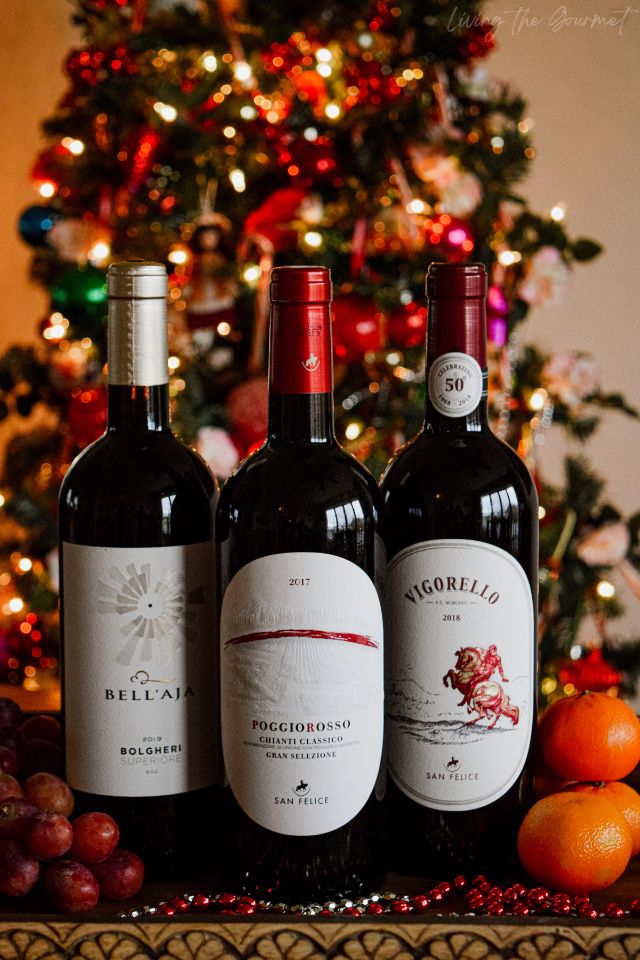
The Where – Tuscany, Italy
In viniculture, ‘The Three Great Terroirs’ consist of – in order of prestige, value, and production – France, Italy, and Spain. Today’s bottle comes to us from Tuscany, which is arguably one of the most iconic regions of Italian winemaking – which in turn makes it “One of the most iconic regions in ‘all’ of winemaking.”
To start, Tuscany is divided across a whopping forty-one DOCs and 11 DOCGs, which are regional classification systems regulating how and where wines are made. Aside from production methods and geography, this classification system also sets rigid quality standards, including but not limited to standardized taste testing.
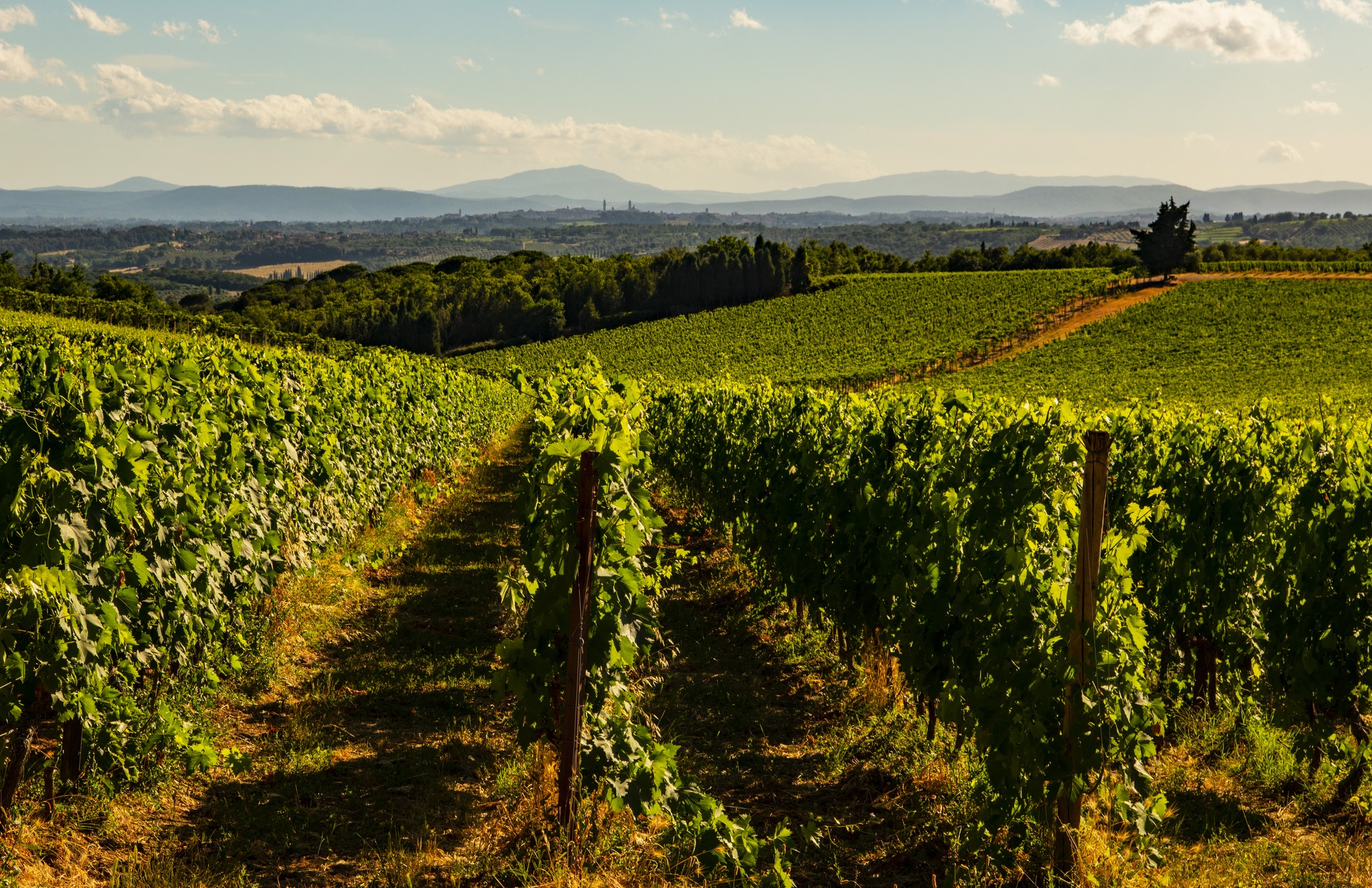
However, despite this vast area of literally dozens of specified production areas and methods into which Tuscany is divided, the bedrock of Tuscan winemaking is a single varietal – Sangiovese. Sangiovese so dominates the region that it is almost impossible to talk about Tuscan wine making without giving mention to the grape that produces the dry red wines for which Tuscany is famous. Prized for its high acid, ‘pleasantly firm’ tannins and balance, a quality wine based on Sangiovese will evoke images of ripe dark cherries and black stone fruit, perforated with stark herbal notes. Chianti, Vino Nobile di Montepulciano, and Brunello di Montalcino (all of which we’ve reviewed here on Living the Gourmet), are just a few of the world-renowned wines produced from Sangiovese.
However, Sangiovese is assuredly ‘not’ the beginning and end of the story of Tuscan winemaking. For example, the 1970s saw the rise of ‘Super Tuscans,’ an unofficial term used to describe several high-quality Tuscan wines that were – for one reason or another – excluded from receiving DOC or DOCG status by breaking traditional Italian winemaking norms. Regardless of local labeling, a number of these wines achieved critical acclaim, as well as commercial success, and ended up becoming ‘cult wines’ that commanded high prices. Over the ensuing decades some of these ‘Super Tuscans’ were granted DOC or DOCG status – although it can be argued that such status detracted from their ‘cult’ mystique as ‘rogue labels.’ Aside from the controversial ‘Super Tuscans,’ other wines have also seen success across Tuscany, such as Syrah, Merlot, and Cabernet Sauvignon.
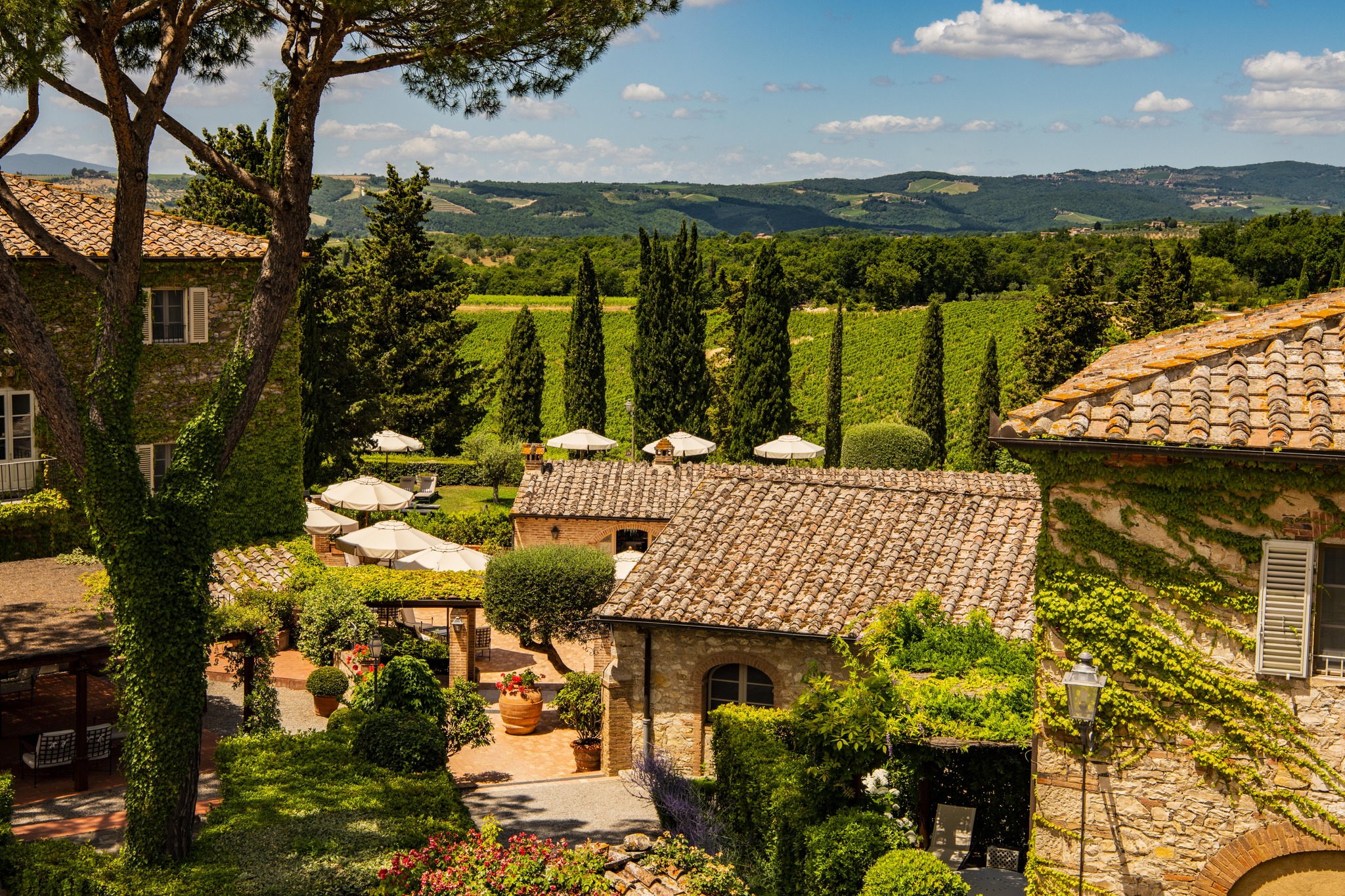
Tight regulations and quality standards aside, climate is perhaps the foremost factor in Tuscany’s success. The region’s warm and temperate coastline is flanked by inland hillsides and mountains, which help temper the region’s searing summers, which in turn contributes to increased temperature variation. This temperature variation between the hills, mountains, and warm coastline help balance the sugars and acidity of the region’s grapes. Sangiovese performs best when it receives maximum direct sunlight, and as such the hilly terrain of the region is almost tailormade for this grape, with the majority of area’s vineyards being planted at elevations of between some five-hundred and sixteen-hundred feet. This higher elevation further increases temperature variance, which further increases the balance in sugar and acidity.
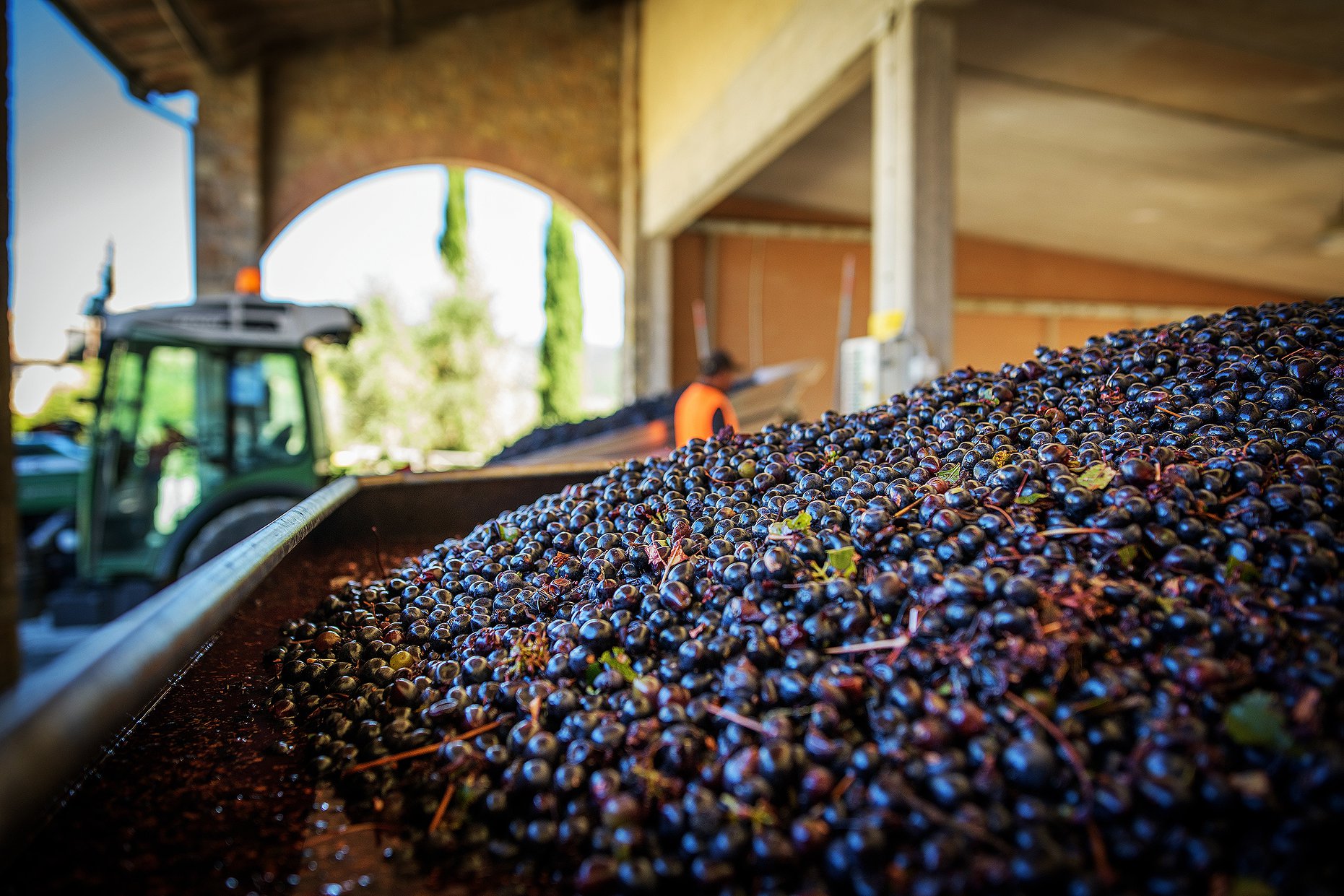
The Bottles – A Showcase
- First up, we’ll be taking a look at a 2019 Bolgheri Superiore, courtesy of Bell’Aja
- Next up, we’ll be sampling a 2017 Chianti Classico Gran Selezione from San Felice.
- Finally, we’ll be tasting San Felice’s 2018 Toscana Vigorello.
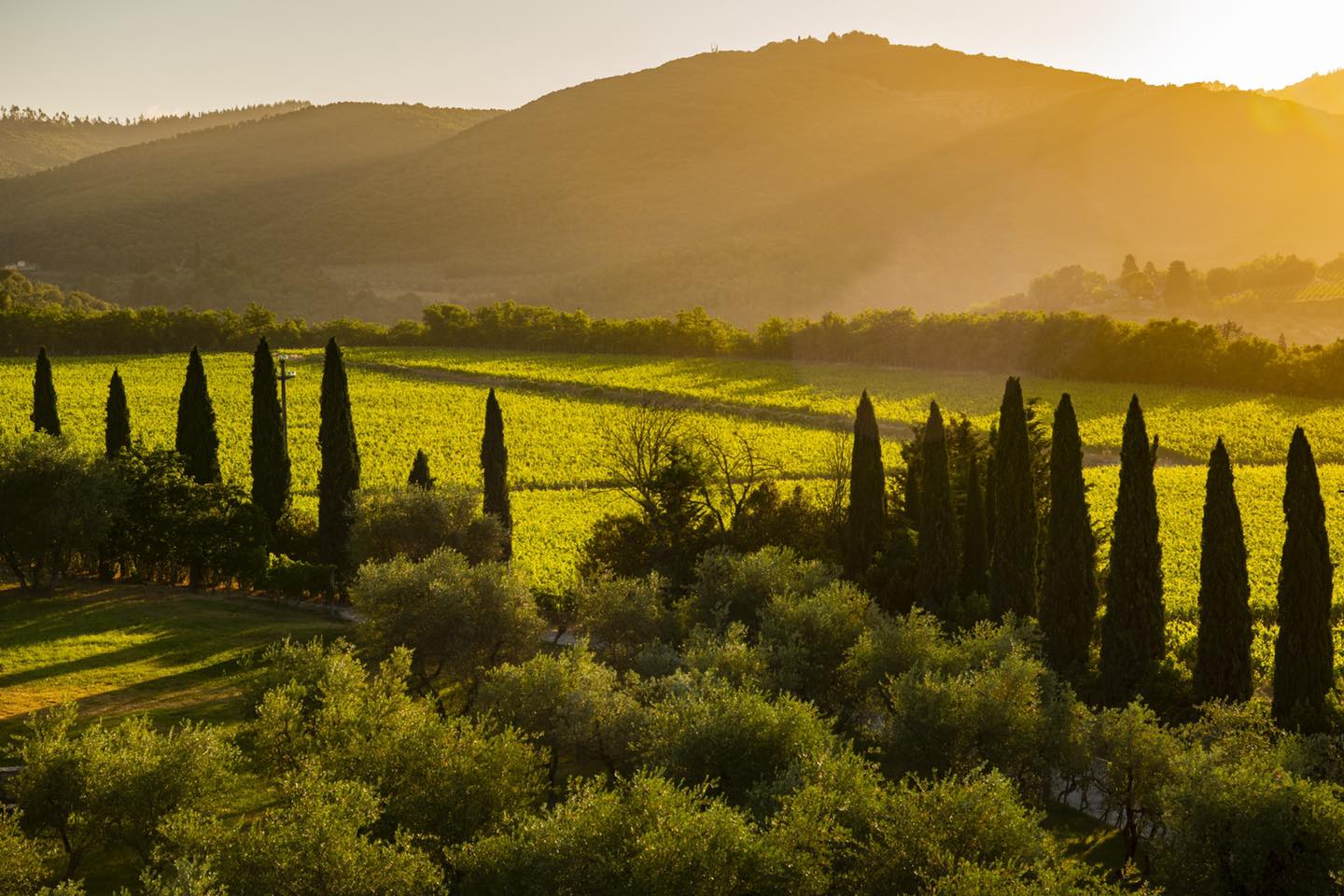
Tasting and Aromatics – The Review
The 2019 Bolgheri Superiore introduces itself with lush floral and earthy aromas. Think jasmine with a hint of violet, and notes of fresh tobacco leaf, along with dark roast coffee and syrupy vanilla. Deeper into the glass, lush red and dark fruit manifest, with copious notes of oak that mature into antique wood towards the bottom of the glass. On the palate, the wine is full-bodied with chewy tannins, carrying notes of plum, sliced cherry, and rich dark fruit. A very, very pleasant bottle from its delightful start to its lasting finish.
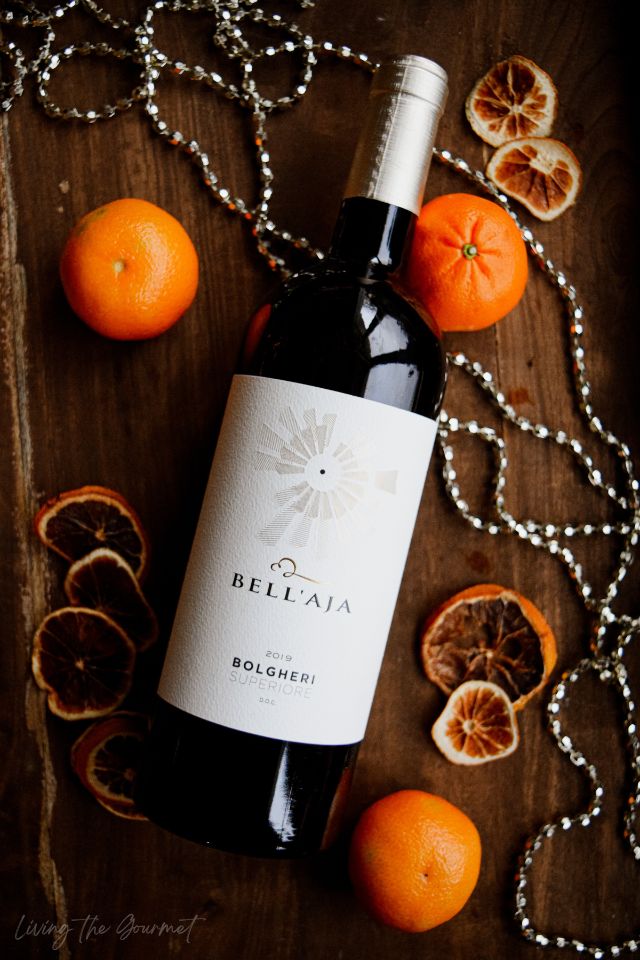
The Chianti Classico Gran Selezione greets with notes of toasted oak, copious pepper, and just a hint of cracked antique leather. Deeper into the glass, smoky essences and herbal or earthy aromas manifest. Think tilled soil, tobacco leaf, and a bit of dew damp grass, veiled in oak and pepper. On the palate, the wine is a mix of lush black fruit and sliced red berries. Think stewed plum, blackberries, juicy raspberries.
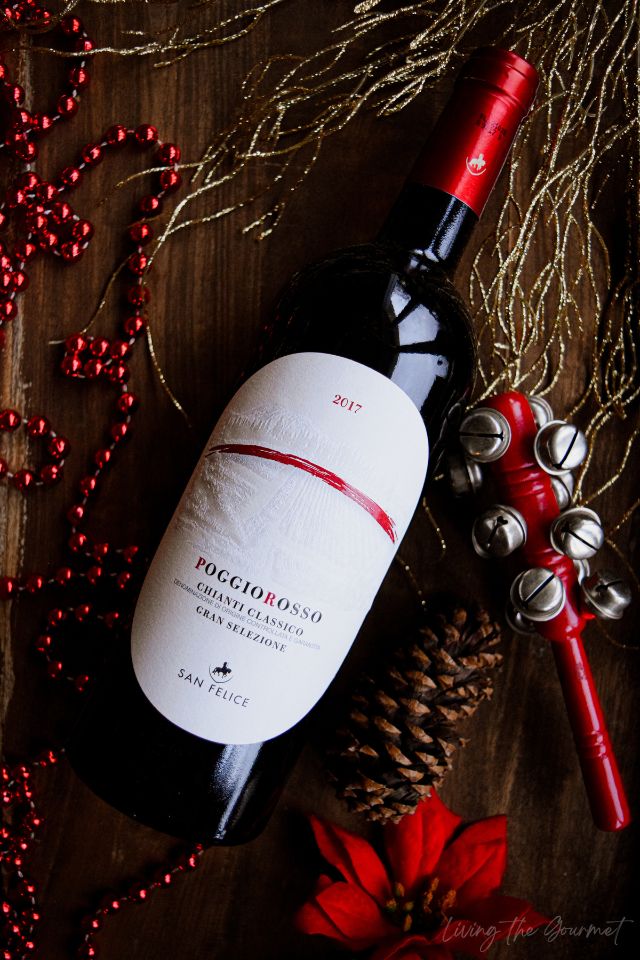
The 2018 Toscana Vigorello opens up with currants and blackberries, perforated by notes of oak and vanilla. Deeper into the glass, powdered cocoa and fresh herbs manifest, dusted over sliced black cherries, plum, and mixed dark fruit, creating a pleasantly complex and layered aromatic profile. On the palate, the berries and dark fruit from the aromatics largely carry over, punctuated by cocoa and herbs. The wine is medium bodied, with fine tannins, and a very pleasant finish that doesn’t overstay its welcome.
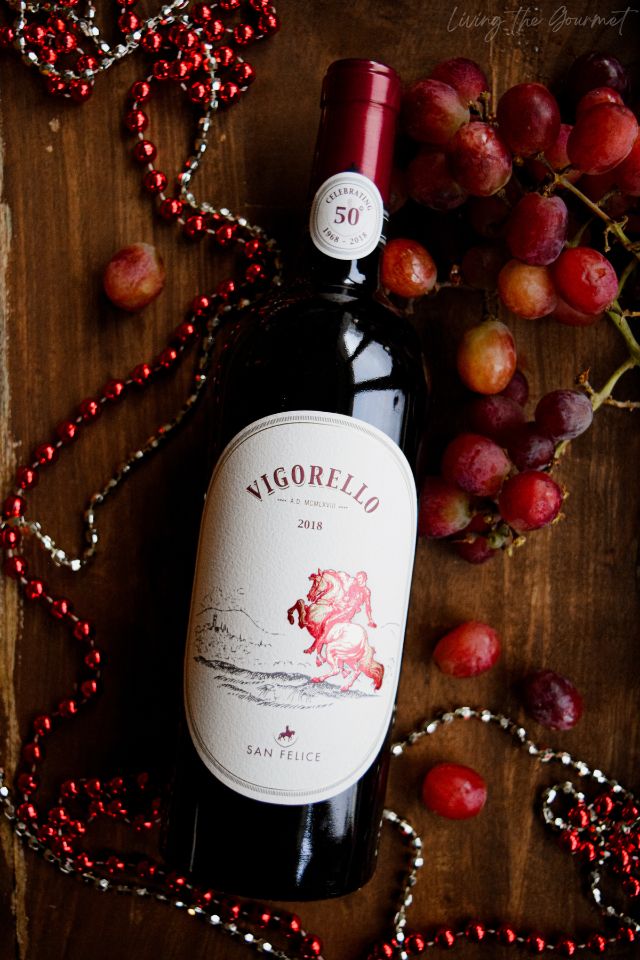
What to Eat – The Pairings
The 2019 Bolgheri Superiore is about two-thirds Merlot, with the rest being Cabernet Sauvignon, and so this wine will pair well with a wide variety of foods. That said, merlot’s star culinary companion is Beef Bourguignon, and today’s bottle is no exception. You might also consider a braised rib stew set over pasta as a delightful cool weather pairing.
With the Chianti Classico Gran Selezione stick to ‘standard’ chianti pairings. Meaty, heavy, rich dishes are generally the safest bets. Consider a prime rib prepared with a curry and cayenne-based rub mixed with garlic, coriander and cumin. You might also consider an herb roasted rack of lamb, prepared with a mix of honey, oregano, garlic, and basil. Seared beef steaks, shark steaks, spicy barbecue, and red sauces over pasta, are all potential pairings.
With 2018 Toscana Vigorello cured meats, sharp cheeses, and dried fruit are – to my mind – the best pairings, where the smoky and herbal notes would meld deliciously with the ‘rustic’ qualities of a good charcuterie board. For the best pairing, my charcuterie tutorial, where cured meats, mixed nuts, and crostini would pair ideally.
0
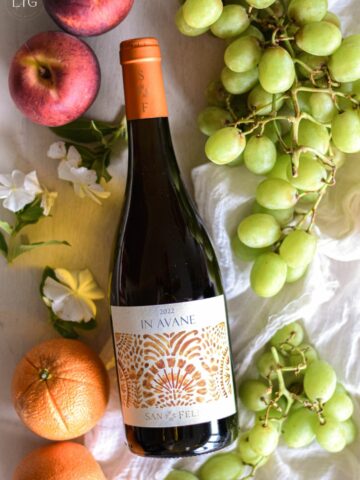
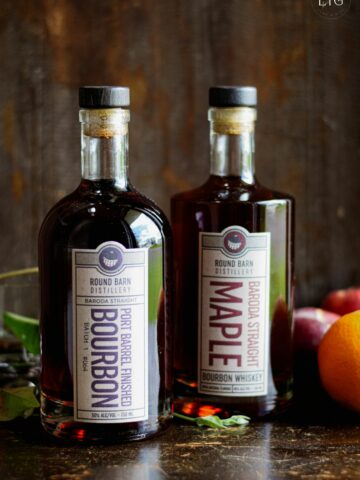
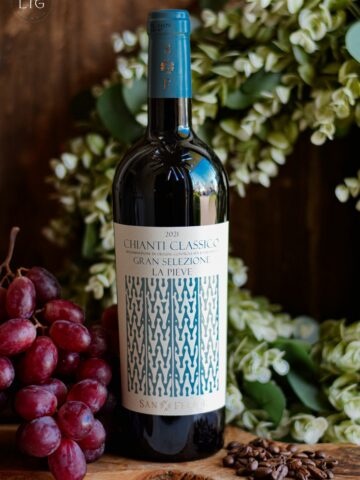
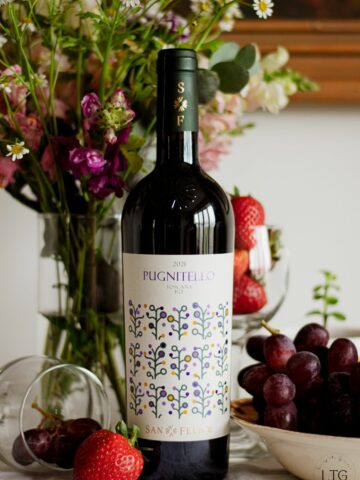
Whitney Stewart says
I’m not a drinker much, but even so I’m VERY picky when it comes to wine. I know I prefer red over white white; something about the string tartness that doesn’t sit right with my taste buds. But even red wine can be too strong sometimes and I definitely can’t drink those. These however sound pretty good! I’ll have to look into them!
Beth says
These sound like wonderful wines. I'm a big fan of wine when it's a really good quality.
Rhian Westbury says
I'm not a wine drinker myself so I don't know much about it, so this is really useful. But even I would say Tuscany or Italy in general sounds like a good place for wine x
Yeah Lifestyle says
Three beautiful wines from Tuscany and I would love to try all of them. Loving the design of the bottle as well.
Star Traci says
I love learning about wines. I never knew the specificities of the regions but all three of these sound wonderful.
Kira says
I love wine and went to a wine tasting vineyard in Spain in the summer , it was incredible